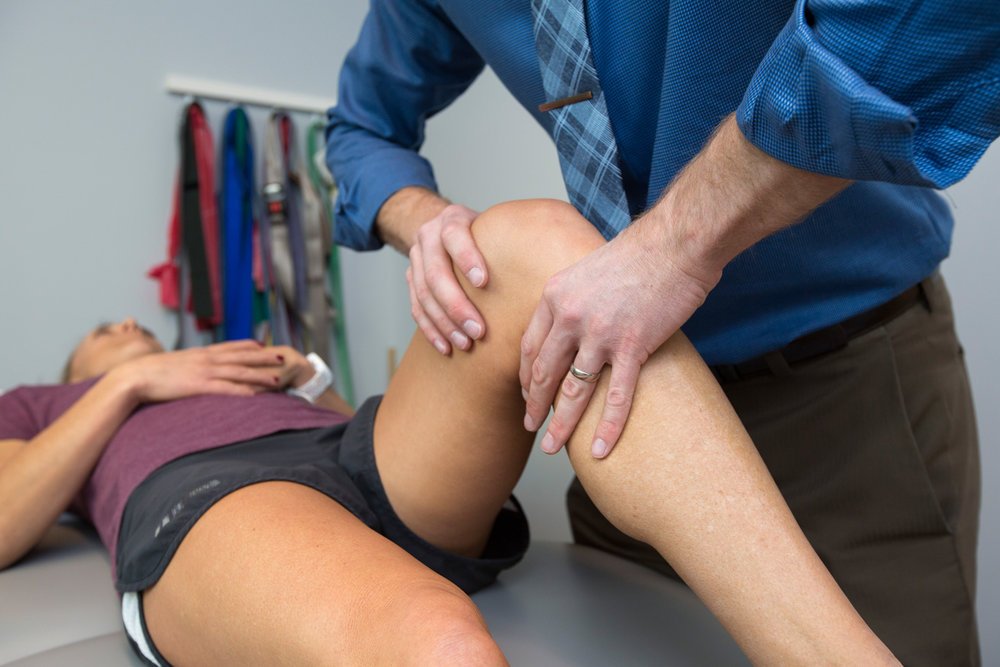Knee replacement surgery can bring great relief to people who suffer from long-term knee pain and trouble walking. But the success of the surgery doesn’t end in the operating room. What happens after surgery is just as important. Physical therapy is a key part of the recovery process. It helps patients heal faster and return to daily activities with strength and comfort. Let’s take a look at how physical therapy helps after knee replacement surgery.
1. Starting Early Helps Recovery
After knee surgery, physical therapy often begins on the same day or the very next day. Even small movements with a therapist’s support can make a big difference. Early activity helps prevent stiffness and blood clots. It also helps begin the healing process in a safe and planned way. Therapists guide patients step by step so they can recover without doing harm to the new joint.
2. Improving Knee Movement
One of the first goals of physical therapy is to bring back proper knee movement. The knee can become stiff after surgery due to swelling and less activity. Therapists use light stretches and exercises to help the knee bend and straighten better. This is important for walking, using stairs, and other daily tasks. With time and regular sessions, the knee becomes more flexible.
3. Strengthening Weak Muscles
After surgery, the muscles around the knee become weak because of rest and the effects of the operation. Physical therapy focuses on making these muscles strong again. Exercises are given for the thighs, hips, and lower legs. These muscles support the new joint and make it easier to stand, walk, and stay active. Strong muscles also lower the chance of future injuries.
4. Balance and Safe Movement
Many people notice balance problems after knee surgery. It might be hard to stand or walk without feeling unsteady. Therapists work with patients on exercises to improve their balance. This helps reduce the risk of falling. With better balance, people feel more confident and independent in their movements.
5. Managing Pain Without Extra Medicine
Pain is normal after surgery. Physical therapy can help reduce pain without always needing extra medicine. Therapists use heat, cold packs, gentle massage, or special machines to ease the pain. They also show how to move safely and sit or stand properly to avoid stress on the knee. This makes it easier to do exercises and stay active during recovery.
6. Teaching Patients to Care for Themselves
Therapists don’t just guide exercises—they also teach patients how to manage their condition. They explain how to walk with support like crutches or walkers, how to avoid strain, and what movements are safe. Patients learn helpful tips for daily life and how to prevent more knee problems in the future. This knowledge gives them confidence and helps with long-term recovery.
In Conclusion
Physical therapy is a major part of healing after knee replacement surgery. It supports better movement, stronger muscles, improved balance, and lower pain. It also helps patients understand how to take care of themselves during recovery. By following a regular therapy plan, patients can return to daily life faster and with more comfort.
Remember, physical therapy is not just helpful—it is a key step toward full recovery and better living.
Important Note:
Before making any significant changes to your health, it is always advisable to consult with your doctor or healthcare professional. They can offer personalized guidance based on your medical history and current health condition.
For any health-related concerns, please contact us at +91-9058577992 to receive a free consultation from our experienced doctors. Your health is our top priority. Thank you.
